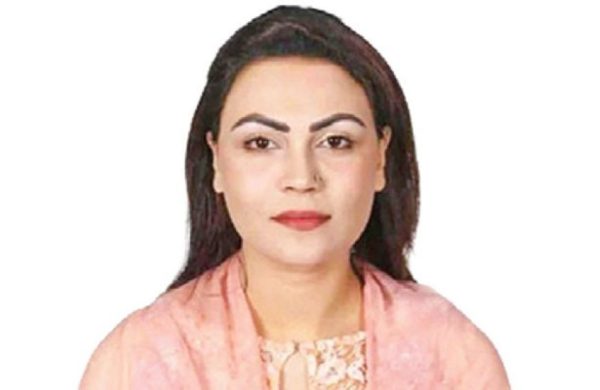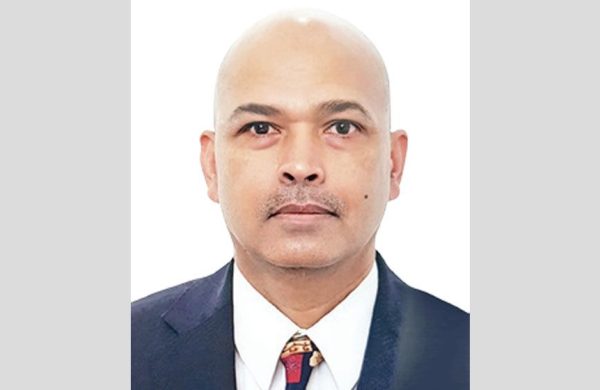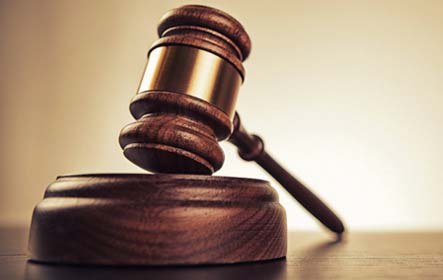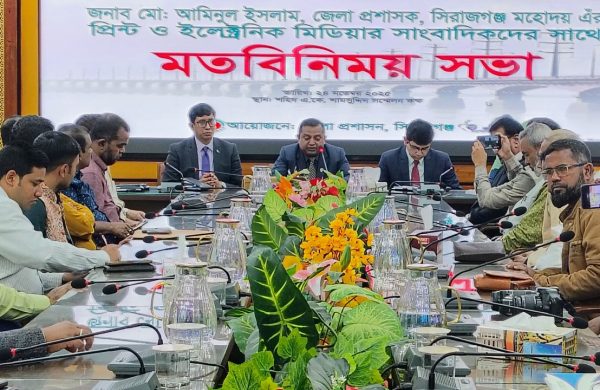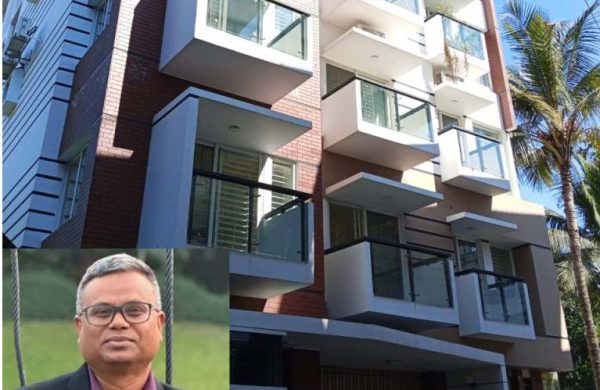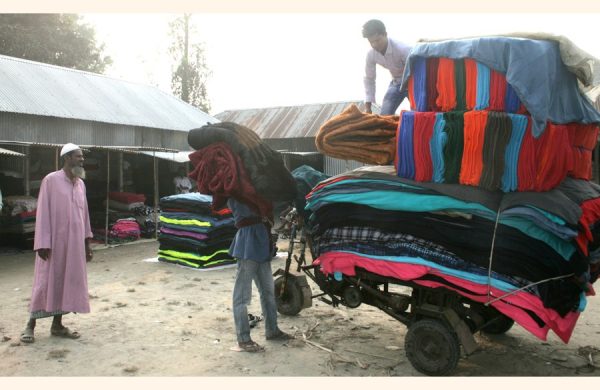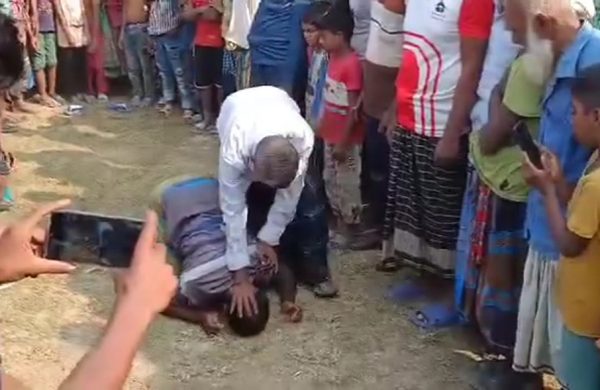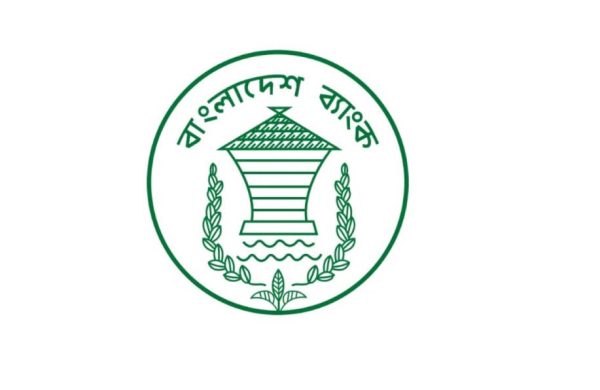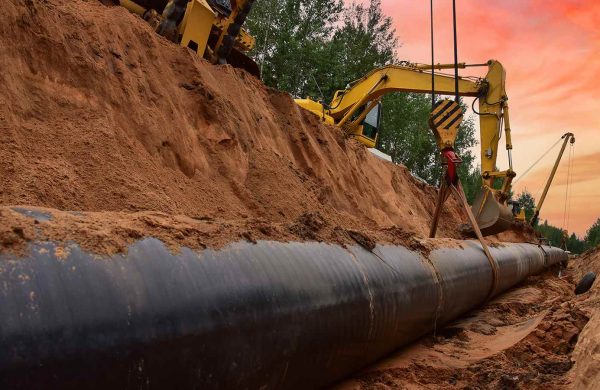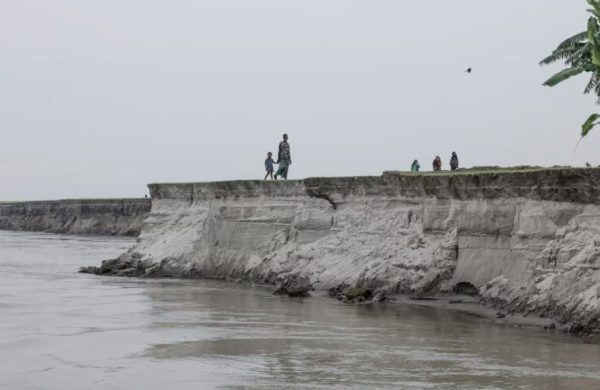Series of tremors a wake-up call for Bangladesh
- Update Time : Monday, November 24, 2025

— SM Taslim Reza—
Last week, a series of earthquakes rattled Dhaka and surrounding districts, stirring widespread fear in a region largely unaccustomed to such intense seismic activity. Reports from authorities and local media indicate that over 300 people were injured, with significant structural damage across several areas. The tremors occurred in two phases: a strong earthquake on Friday, followed by smaller aftershocks the next day, as confirmed by the Bangladesh Meteorological Department.
As is often the case, television programs, social media, and news outlets extensively cover the events in the immediate aftermath. However, public attention typically fades within days, as it has with past fires, floods, and other disasters. Experts stress that such ephemeral awareness is insufficient; lasting preparedness and public education are critical to reducing risk and safeguarding lives.
The first quake struck near Dhaka and proved deadly. At least ten lives were lost, while hundreds of people sustained injuries. Buildings shook violently, and thousands of residents fled outdoors in panic. For those who experienced the event firsthand, it was unlike anything they had previously felt. The following aftershocks intensified anxiety, reinforcing concerns about a potentially stronger future quake.
Epicenter and Impact: The U.S. Geological Survey (USGS) reported that the epicenter was located in Ghorashal, Narsingdi district, roughly 25 kilometers from Dhaka, at a depth of 10 kilometers. The earthquake’s shallow depth, combined with its proximity to densely populated areas, magnified its destructive potential. In Gazipur district, a major industrial hub, hundreds of garment factory workers were injured, mostly during stampedes as employees evacuated buildings in panic. Around 252 people were hospitalized. Witnesses likened the shaking to a boat tossed on huge waves, vividly illustrating the quake’s intensity. Many experts describe it as one of the strongest tremors in recent memory near the capital.
Government Response and Geological Context: A Wake-Up Call for Bangladesh: The government promptly activated the Emergency Operation Centre to assess damage, coordinate rescue efforts, and monitor aftershocks. Such measures are vital, as Bangladesh lies near tectonic plate boundaries and has a population of approximately 170 million people, many of whom live in high-density urban areas. Seismologists have long warned that the region is overdue for significant earthquakes. Minor tremors can signal the gradual buildup of stress along faults, potentially foreshadowing larger events.
While northern and southeastern regions of Bangladesh are generally more seismically active due to the interaction of the Indian and Eurasian plates, central Bangladesh-including Dhaka-has historically been less prone to strong quakes, heightening concern over this recent event. According to USGS data, only 14 earthquakes of magnitude 5.5 or greater have occurred within 250 kilometers of the recent epicenter since 1950. This relative infrequency may leave communities underprepared for future high-magnitude tremors. With an estimated 2.1 million buildings in Dhaka alone, the potential for catastrophic losses in the event of a major quake is enormous.
Understanding Earthquakes and Their Consequences: Earthquakes result from sudden slips along faults. Tectonic plates move slowly, but friction often locks them in place. When accumulated stress exceeds friction, energy is released as seismic waves, causing the shaking we feel on the surface. This movement can trigger secondary hazards, including landslides, liquefaction, tsunamis, and fires, each capable of causing extensive damage to property and infrastructure.
Globally, some of the most earthquake-prone nations include Japan, Indonesia, China, the Philippines, Iran, Turkey, Peru, the United States, Italy, and Mexico. Yet earthquakes can occur virtually anywhere without warning, making preparedness the most reliable defense.
Early Warning Systems and Public Awareness: Earthquake early warning systems do not predict tremors but detect initial seismic waves at the source, issuing alerts before the more destructive waves arrive. First introduced in 1985 by Caltech seismologist Tom Heaton, the principle relies on alert signals traveling faster than seismic waves, providing precious seconds for people to seek protection.
Public awareness campaigns are critical in building a resilient society. Efforts should be targeted to reach the most vulnerable populations, including slum residents, schoolchildren, hospital patients, and people with disabilities. Messaging should be clear, concise, and action-oriented-such as the internationally recognized “Drop, Cover, Hold” guidance. Communication should emphasize personal motivation, like protecting family members, and utilize culturally relevant channels, local language, and community leaders. Awareness campaigns should also highlight the benefits of preparedness versus the risks of inaction and be delivered through multiple platforms, including social media, radio, schools, community meetings, and practical drills.
Preparedness Before an Earthquake: Earthquakes strike suddenly and without warning. Families are encouraged to develop emergency communication plans, including out-of-state contacts and pre-determined meeting points. Emergency supply kits should contain sufficient food and water for several days, along with flashlights, whistles, and fire extinguishers. Gradual accumulation of necessities can make stockpiling more manageable for families with limited resources.
Homes should be structurally reinforced where possible, and heavy items such as bookshelves, refrigerators, televisions, and wall hangings should be secured or placed on lower shelves to reduce injury risks. While standard homeowner’s insurance typically excludes earthquake damage, obtaining earthquake coverage can provide added protection.
During an Earthquake: Immediate action is vital when tremors begin:
* Indoors: Stay inside, avoid doorways, and protect your head and neck. If you are in bed, lie face down and shield your head with a pillow.
* In a vehicle: Pull over safely, stop, and set the parking brake.
* Outdoors: Move to an open area away from buildings, trees, streetlights, and power lines. Drop and cover until shaking ceases.
Specific guidance includes dropping to hands and knees, covering the head and neck, and holding onto a sturdy object. Individuals in wheelchairs or using mobility aids should lock wheels and remain seated until shaking stops. If no shelter is available, remain next to an interior wall, away from windows, and avoid unnecessary movement.
After an Earthquake: Hazards persist after the shaking stops, including building collapse, gas leaks, broken water lines, and downed power lines. Expect aftershocks and be ready to implement “Drop, Cover, Hold” again. Evacuate damaged buildings quickly without re-entering. Those trapped should signal for help using text messages, banging on walls, or a whistle rather than shouting, covering their mouth to avoid inhaling dust. Residents in tsunami-prone areas should move inland or to higher ground immediately. Checking for injuries and assisting others, if trained, is essential until professional help arrives.
A Wake-Up Call for Bangladesh: In conclusion, building an earthquake-resilient Bangladesh requires investment in three pillars: science-based policies, robust infrastructure, and an informed, aware population. It is time for a coordinated effort involving the government, private sector, NGOs, schools, media, and research institutions. The sooner we learn that earthquakes cannot be prevented-but their impact can be minimized, the sooner we can safeguard our cities, our families, and our future.
The recent tremors in Dhaka have shown us, in no uncertain terms, that the risk is real-and we are not ready. Nature may not always give us a second warning. Our responsibility is clear: do not increase complacency, increase preparedness. Spread awareness. Make buildings safe. Educate families. Conduct drills in schools and colleges. Plan and build cities guided by science.
A major earthquake can devastate an entire nation-but the right preparedness can save it. The time to act is now: to secure ourselves, our families, our city, and our country. The decision is ours-will we forget the tremors and return to old habits, or will we use this warning as an opportunity to change the course of our future safety? The time is now. The alertness is now. Preparedness is now.
——————————-
The writer is a climate activist


